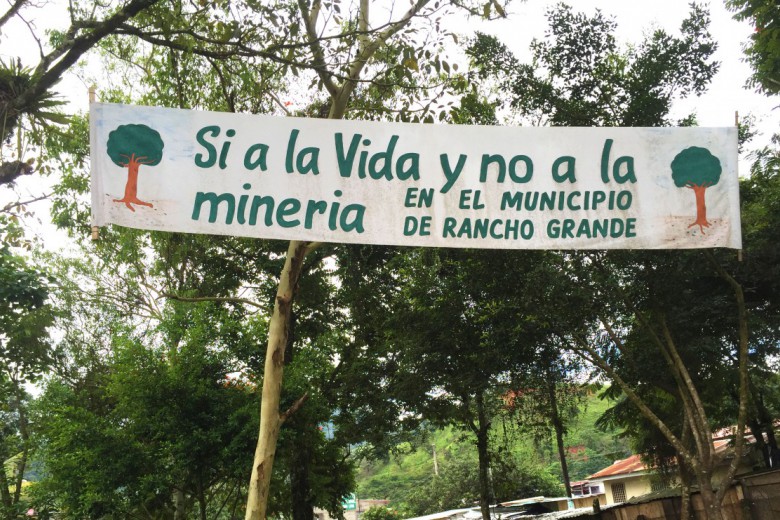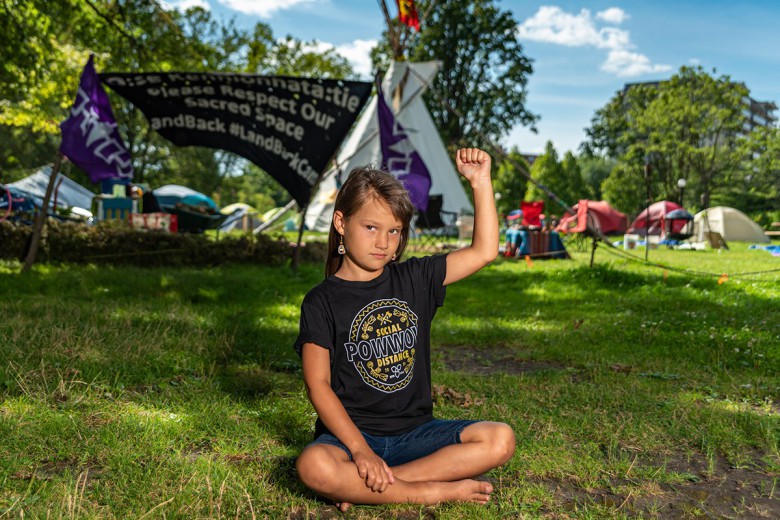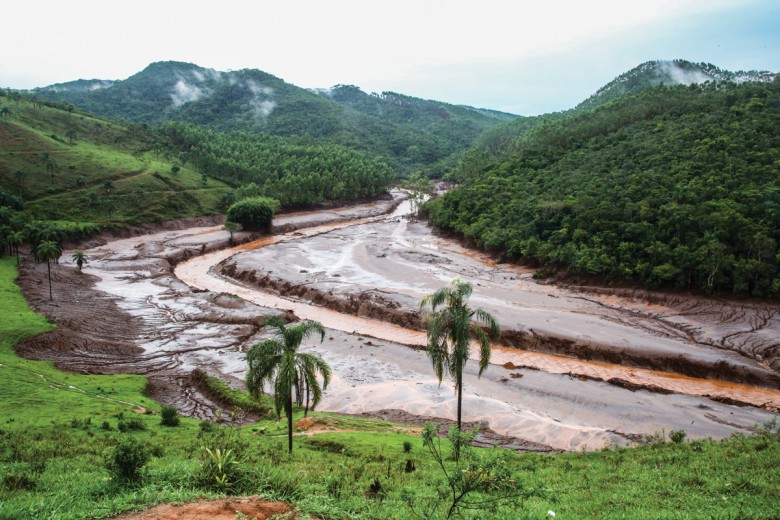
A trans woman looks for her friend at a rally for presidential candidate Leni Robredo two days before the 2022 Philippines presidential elections.
In Solsona, the town where my mother’s extended family lives, many houses sit empty or in disarray. I’ve been visiting once a year for the past four years, and with each visit, the town grows smaller. This trip I wonder if soon I will have no one to go home to because all my family members will have left.
Solsona is in the northern part of the Philippines at the foot of the Caraballo mountains on the border of Ilocos Norte and the Cordillera Administrative Region. It also sits on the country’s mineral belt and has caught the eye of a number of resource extraction companies.
Colonized by the Spanish in the 16th century and then purchased by the United States in 1898, the Philippines is now occupied by U.S. military bases and foreign resource extraction companies, including a number of Canadian mining companies, that displace Indigenous people to pillage the land for resources. Between 2001 and 2019, Canadian mining companies were involved in the killing of at least 272 land defenders, more than half of whom were protesting mines.
During the last few years, government officials have been coming to my mother’s family’s village and seizing unoccupied properties, the same mechanism they used to evict neighbouring communities. To save their community and stave off the land grab, community members hire young men from nearby villages to live in the homes so that when officials visit, the homes will appear occupied.
In this series, I try to make sense of the constant displacement and forced migration of Filipino people. Since Spanish colonization, Filipino people have rarely had the agency to be where we want to be. This series captures moments in the before – before choices are made of where and how Filipino people are allowed to exist. It’s about the last generation that speaks the language, that works in the family trade, that lives on the land.
My friend makes an offering. She's a Filipina photographer and she tirelessly documents tenderness and curiosity in the Philippines amid ongoing tragedy and violence.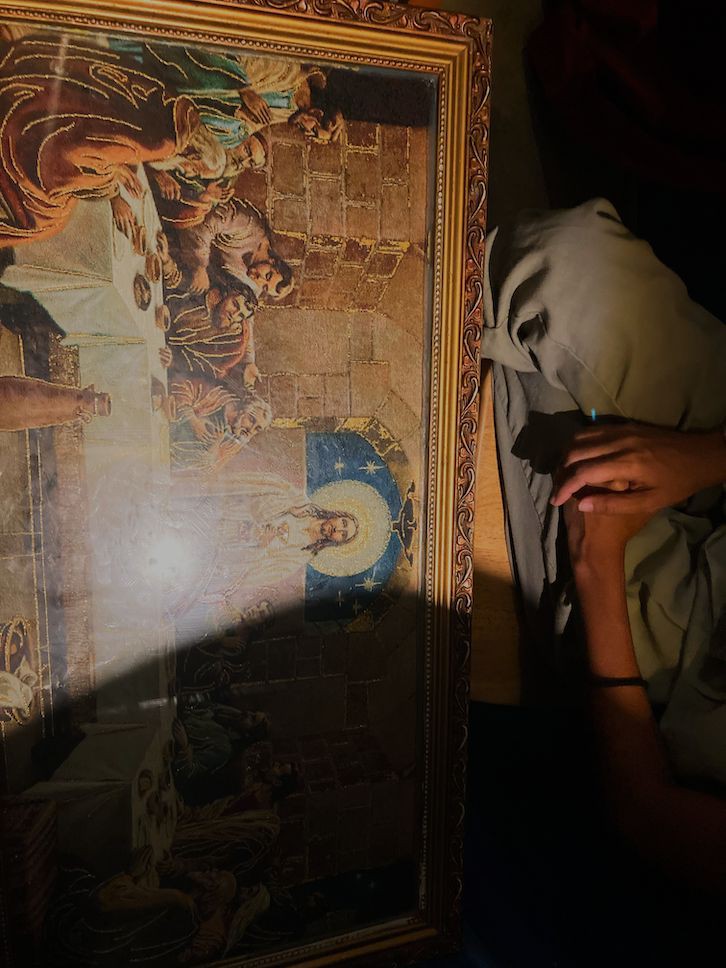
A fisherman delicately repairs a fishing net that has been in his family for more than 40 years. Due to climate change and increased development of fishing villages, his children will not learn a trade that has been passed down for generations.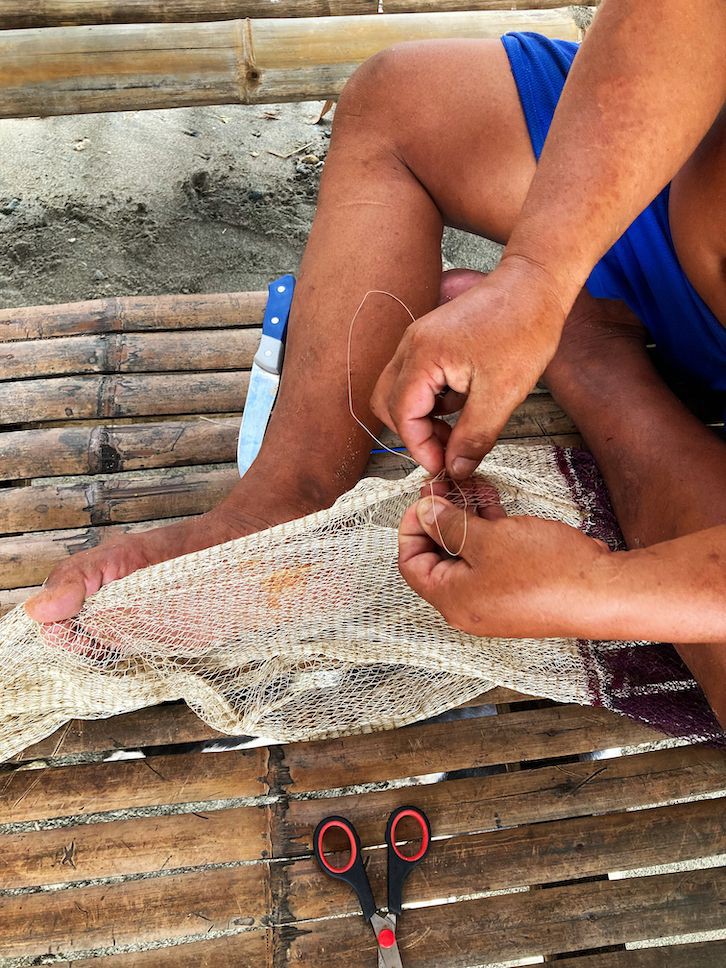
The morning sun lights my Lolo’s (grandfather) room. Photos of my mother as a child sit on the dresser along with multiple rosaries. 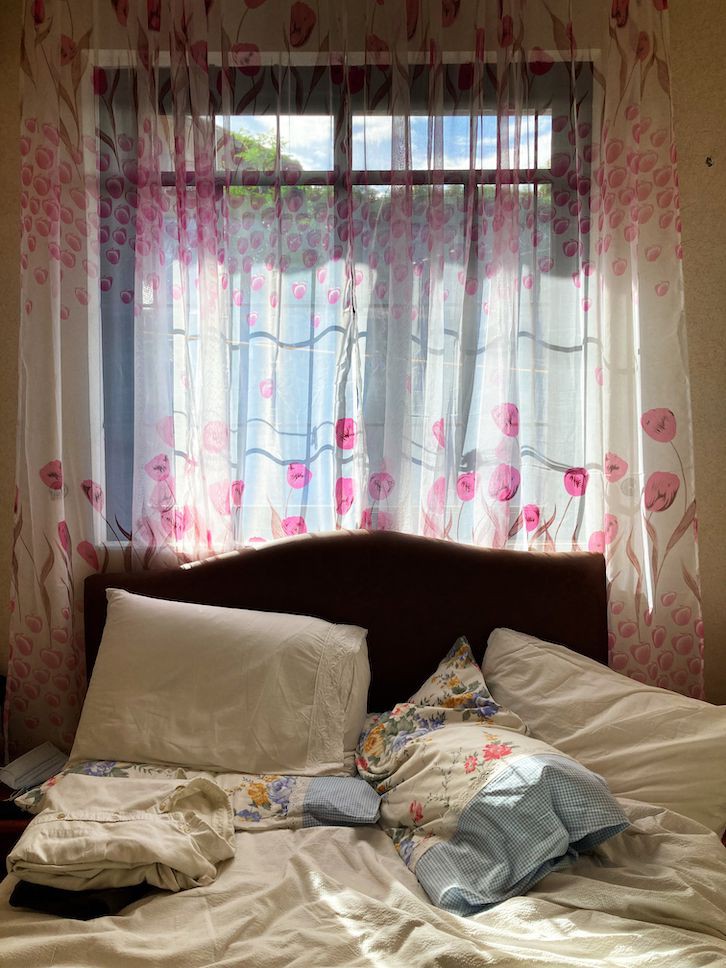
My child Caio, age seven, showing me the different shells they found while combing a beach in La Union, located in the Ilocos Region of the Philippines. 
An exposed house in Solsona, Ilocos Norte is overtaken by local flora. Of the 12 houses in my family’s community, three are actually being lived in because most community members work abroad. 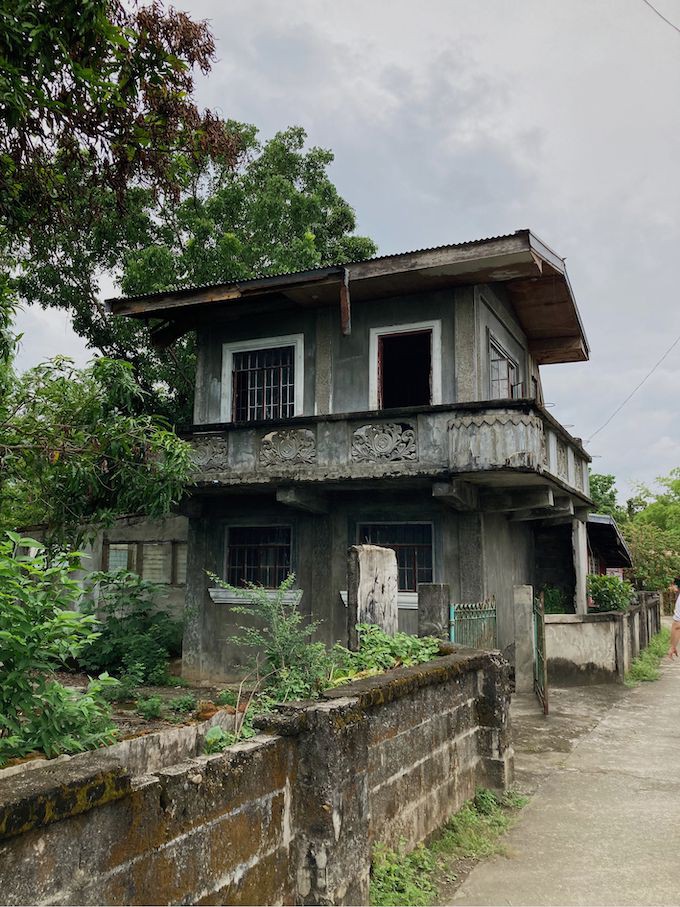
The Land Back machine. At the party for my return home, my cousins and family’s neighbours sang Ilocano songs about the land and mountains that will eternally belong to us.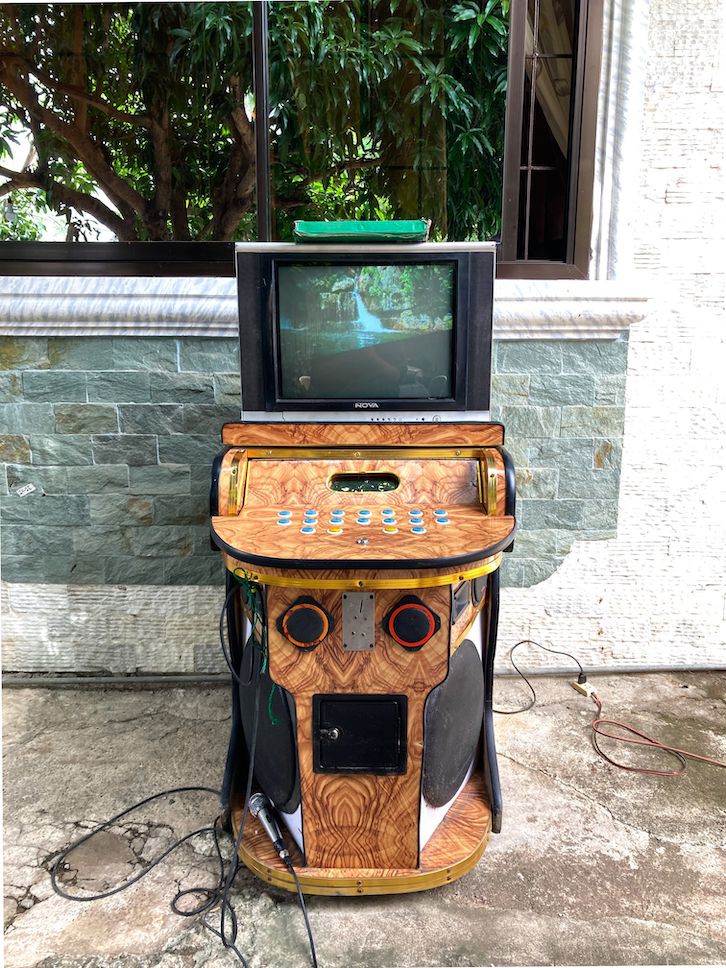
This photo essay was the winner of the photography category of our 12th annual Writing in the Margins contest, judged by Rana Nazzal Hamadeh. We gratefully acknowledge the financial support of the Regina Public Interest Research Group (RPIRG) for this year’s contest.


